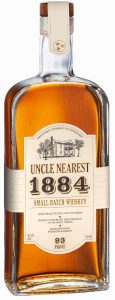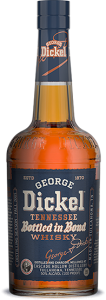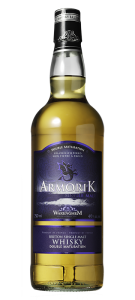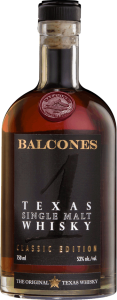Cotswolds Single Malt
Cotswolds Single Malt
46% ABV
$60
Website
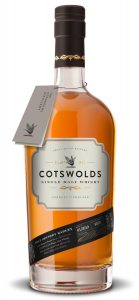
What the Distillery Says
The first single malt whisky ever distilled in the Cotswolds.
Carefully sourced ingredients
Malt: Odyssey. We are committed to using only barley grown in the Cotswolds, and the variety and farm on which it was grown are listed on the label of each bottle. We are one of a very small number of British whisky-makers to use 100% floor-malted barley. This comes to us from Britain’s oldest working maltings, in nearby Warminster. It is unpeated.
Yeast: Two complementary varieties – Anchor and Fermentis – to ensure good yields and excellent fruity flavours.
Water: Village water supply – filtered, softened and demineralised before use.
Wood: Premium first-fill Kentucky ex-Bourbon 200-litre barrels and reconditioned American Oak 225-litre red wine casks that have been shaved, toasted and recharred.
Lovingly crafted
We use traditional production processes and equipment to produce our Cotswolds Single Malt. Locally-grown malted barley is milled and then mashed in our 0.5-tonne mash tun, mixing the milled grain with hot water to produce worts. Yeasts are then added. We run the fermentation for more than 90 hours in order to generate plenty of fruity flavour compounds alongside the alcohol produced.
Then the distillations begin. First, in the wash still (Mary), and the second in Janis, our spirit still. In the spirit run, we only select a small section – the heart cut – which is taken unusually early in the distillation to capture the fruity notes and avoid the heavier, rougher elements that appear at the end of the run. The end result is a light, colourless, fruity new-make spirit. This is diluted to 63.5% ABV and put into casks to mature. This release has been aged for just over three years, and is bottled non-chill filtered, with no added colouring, at 46% ABV.
Tasting notes
Nose: Notes of honey and butterscotch layered with light fruits (peaches & apricots), a hint of marzipan.
Palate: Strong notes of tannin-rich malt, oils and dark sugar with lots of spice, caramelised Seville orange marmalade.
Finish: Long and resinous, with dark red fruits and a hint of treacle.
What Gary Says
Nose: Honey, subtle fruit notes of peaches and pears with a dusting of nutmeg, a bit of a winey note with malted barley.
Palate: Honeyed malt, a touch of molasses, stewed peaches with vanilla, slight pepper bite with overly ripe bananas.
Finish: Short to moderate in length, drying with spice and oak.
Comments: I loved visiting the Cotswolds a few years back, and hadn’t ever had an English whisky. While this is young, it is a nice enough pour; lightly fruity, not objectionable. I’d say it punches above its weight for its age, although maybe not for the price. If they were in the U.S., I’d refer to them as a ‘craft distillery’, although unlike most in that category they’re using full sized barrels which makes a huge difference. I’d love to try this with some age on it.


